Monitoring Iraq’s dual-use capabilities: An interview with Gabriele Kraatz-Wadsack
By Filippa Lentzos | July 21, 2021
Gabriele Kraatz-Wadsack (IMAGO / Götz Schleser)
Monitoring Iraq’s dual-use capabilities: An interview with Gabriele Kraatz-Wadsack
By Filippa Lentzos | July 21, 2021
Loading...
Together, we make the world safer.
The Bulletin elevates expert voices above the noise. But as an independent nonprofit organization, our operations depend on the support of readers like you. Help us continue to deliver quality journalism that holds leaders accountable. Your support of our work at any level is important. In return, we promise our coverage will be understandable, influential, vigilant, solution-oriented, and fair-minded. Together we can make a difference.
Keywords: Al Hakam, Rihab Rashid Taha, UNSCOM, biological inspections, dual-use, growth media
Topics: Biosecurity

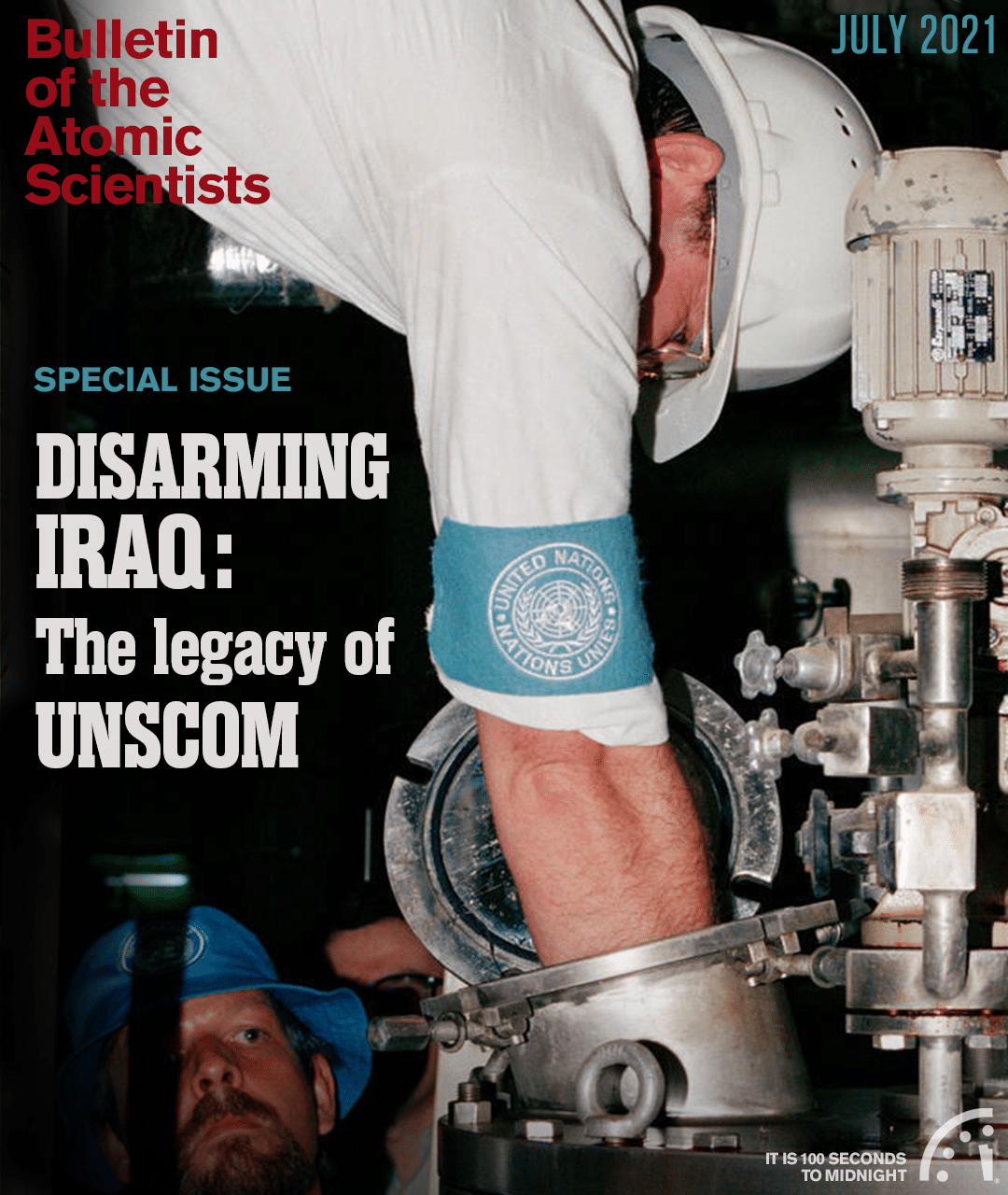
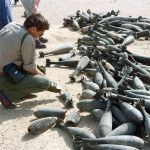
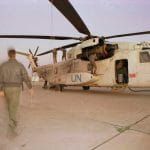
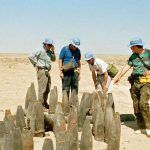
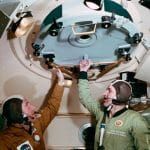
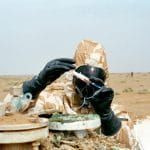
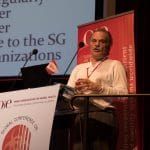


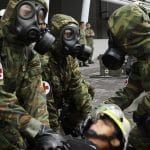
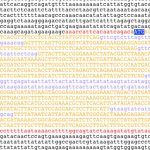
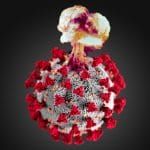

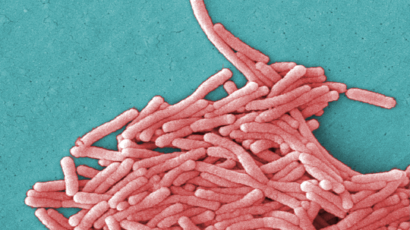
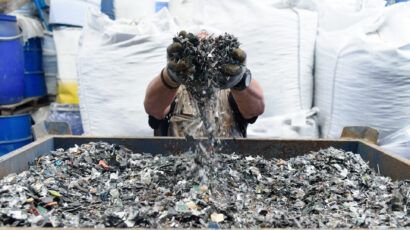




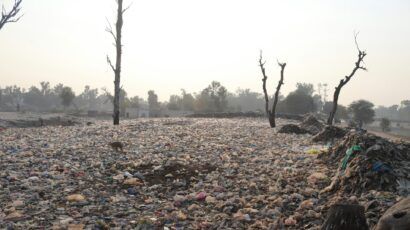

A fascinating read. It was a pleasure to work with and for Gabriele during my UNSCOM days!